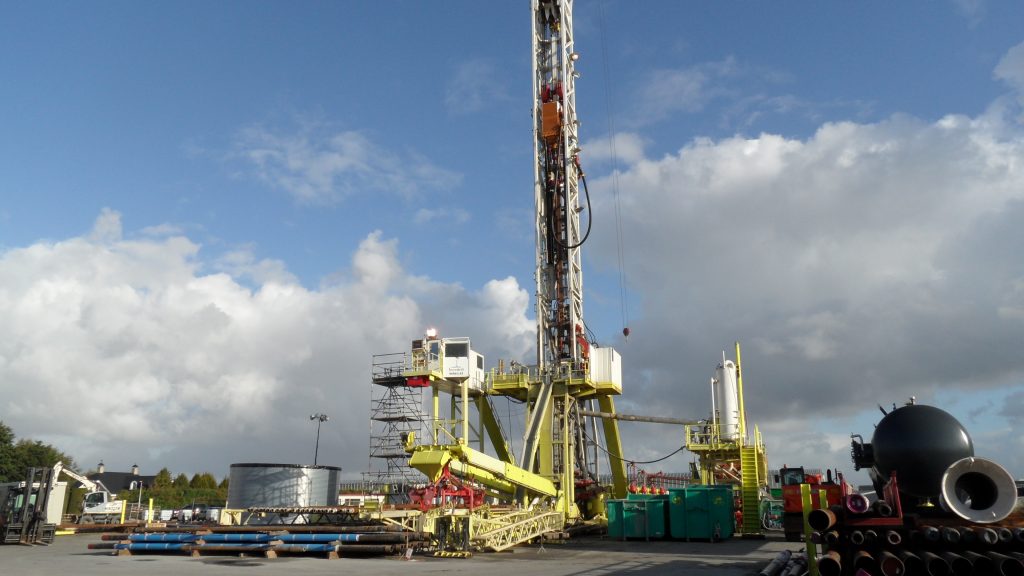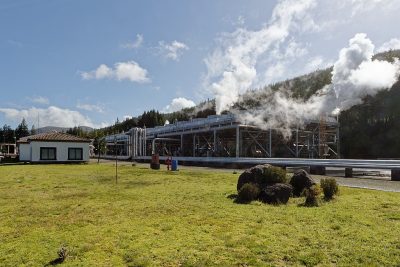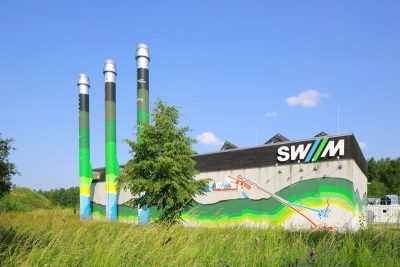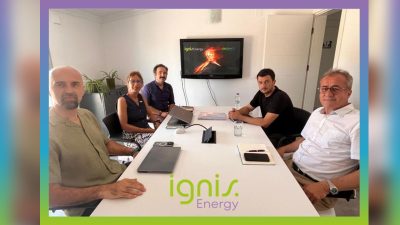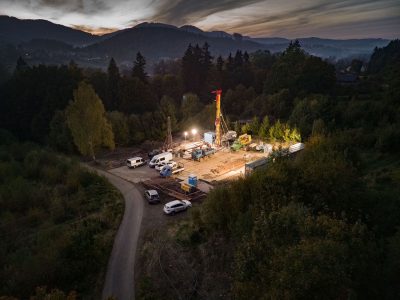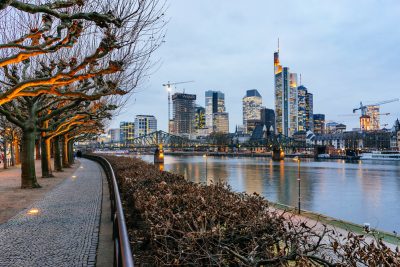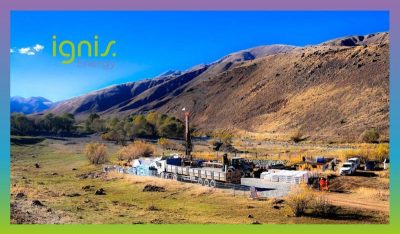The Netherlands set to implement stricter requirements for geothermal wells
In anticipation of a growth in geothermal energy utilization, the Netherlands State Supervision of Mines is aiming to formulate new safety, quality, and location standards for onshore wells.
The Dutch State Supervision of Mines (SSM) will start stricter monitoring of geothermal wells and are set to formulate new requirements with regards to their safety, quality, and location. This move is being made in anticipation of a tenfold increase in geothermal heat recovery as forecasted in the Climate Agreement. According to a report prepared by the SSM entitled “The integrity of onshore wells in the Netherlands,” a survey of 1600 wells in the country shows that these wells still have too many defects. The result of the study is evidence that the current safety requirements are insufficient.
Although more and more wells are being drilled for geothermal energy, they are already currently widely used for oil and gas mining, salt extraction, and storage of substances. These facilities typically include a pit, which is a connection between the topsoil and the subsoil that consists of one or more pipes. These pipes can leak and harm the immediate environment as exhibited by the brine leak in the salt pits of Twente (these pipes have since been replaced). Geothermal wells are also subject to the same risk, which is why their quality needs to be monitored.
The SSM also intends to regulate where geothermal wells will be drilled. Conventional wisdom suggests that wells are drilled in the vicinity of the end-users of the heat to minimize heat loss during transport. However, the maintenance, deepening, or removal of the pit at the end of its service life will require that another derrick be placed on top of it. Hence, these wells must not be located next to residential areas, as locating such towers near residential areas may undermine social support for geothermal energy.
Source: Binnenlands Bestuur
